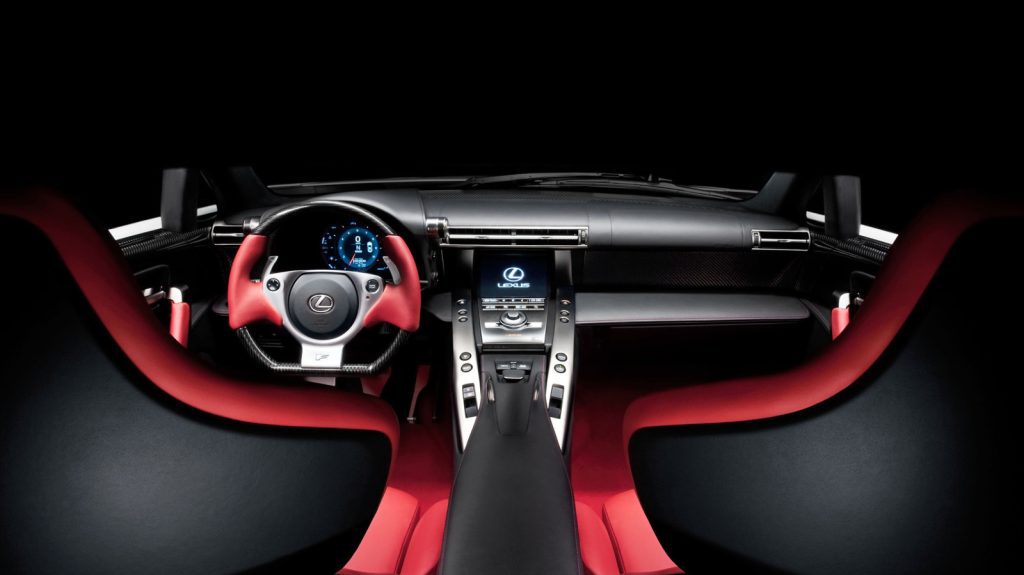Nowadays, car dashboards are heavily featuring displays, turning it into a competitive aspect among manufacturers. For instance, Mercedes-Benz has introduced the Hyperscreen, consisting of three vast screens spanning 56 inches of curved glass, while GM features a 55-inch display in the Cadillac Escalade IQ.
Despite their high-tech appearance, these screens aren’t exactly revolutionary; their affordability is noteworthy. Consider the $225 Samsung Galaxy A26, which boasts a large 6.7-inch, 120Hz Super AMOLED screen. This raises questions about automakers opting for larger displays instead of crafting innovative dashboard designs. Instead, they seem to prioritize sheer screen size to attract buyers.
Historically, dashboard displays have existed for quite a while but served different purposes from those we see today. They emerged even before GPS technology, aiming to provide unique information presentation as opposed to traditional analog dials. In this piece, we’ll explore five cars featuring exceptionally cool dashboard displays that, while difficult to quantify, are sure to impress and excite you.
Aston Martin Lagonda Series 2 & Series 3 (1974 to 1990)
The Lagonda Series 2 is often cited as one of the most notorious automotive flops, being incredibly unreliable and causing financial strain on Aston Martin. The impressive wedge shape and futuristic design of the Lagonda were remarkable, especially when it was unveiled in 1976. Its V8 engine allowed it to reach 148 mph.
However, the interior featured an advanced digital instrument panel and touch-sensitive buttons, giving it a sci-fi vibe reminiscent of Captain James T. Kirk’s personal vehicle. Unfortunately, the technology was problematic, with many features often malfunctioning, ultimately hindering the car’s potential.
Chevrolet Corvette C4 (1984 to 1996)
The C4 marked a significant shift in Corvette design with a more aggressive and sleek aesthetic, departing from the C3’s flowing curves. This model introduced a unique unibody frame and upgraded suspension, alongside a powerful 5.7-liter V8 engine in the ZR-1 variant that left competitors like Ferrari and Porsche on alert.
The C4 was also one of the first vehicles to feature a digital gauge cluster, providing an exhilarating driving experience akin to sitting in a futuristic spaceship, with its LCD speedometer presenting a dynamic visual display as the car accelerated.
Subaru XT Turbo (1985 to 1991)
Not only Chevy was embracing digital technology in the ’80s; Subaru joined with the XT Turbo, showcasing a video-game-like aesthetic in its dashboard. The design featured an outline of the car on the dashboard, alongside animated gauges that enhanced the driving experience. The shifter also mimicied joystick designs, creating a distinctive cockpit atmosphere.
While its 1.8-liter turbo engine was less impressive in terms of power, the introduction of a 2.7-liter flat-six variant improved its performance significantly, though it retained a digital dashboard that set it apart from competitors.
Vector W8 (1989 to 1993)
The Vector W8 was a strikingly futuristic supercar, designed with sharp angular lines and a lightweight, bonded construction style. Inside, the cockpit was inspired by fighter jets and was equipped with an advanced digital dashboard full of information options, resembling modern infotainment systems.
On paper, it boasted incredible performance with its powerful twin-turbo V8 engine, but the Vector W8 became infamous for numerous mechanical issues, ultimately resulting in its status as one of the most expensive automotive failures.
Lexus LFA (2010 to 2012)
The Lexus LFA is often regarded as a modern automotive legend, marked by a decade-long development journey that shifted its construction from aluminum to lightweight carbon fiber. This car stands out for its meticulously crafted components, including distinctive digital displays.
Its V10 engine, co-developed with Yamaha, is celebrated for its remarkable sound and engineering prowess. The interior features luxurious materials, all centered around an innovative digital dashboard that alters its graphics based on driving mode, further contributing to its coveted status in automotive history.



